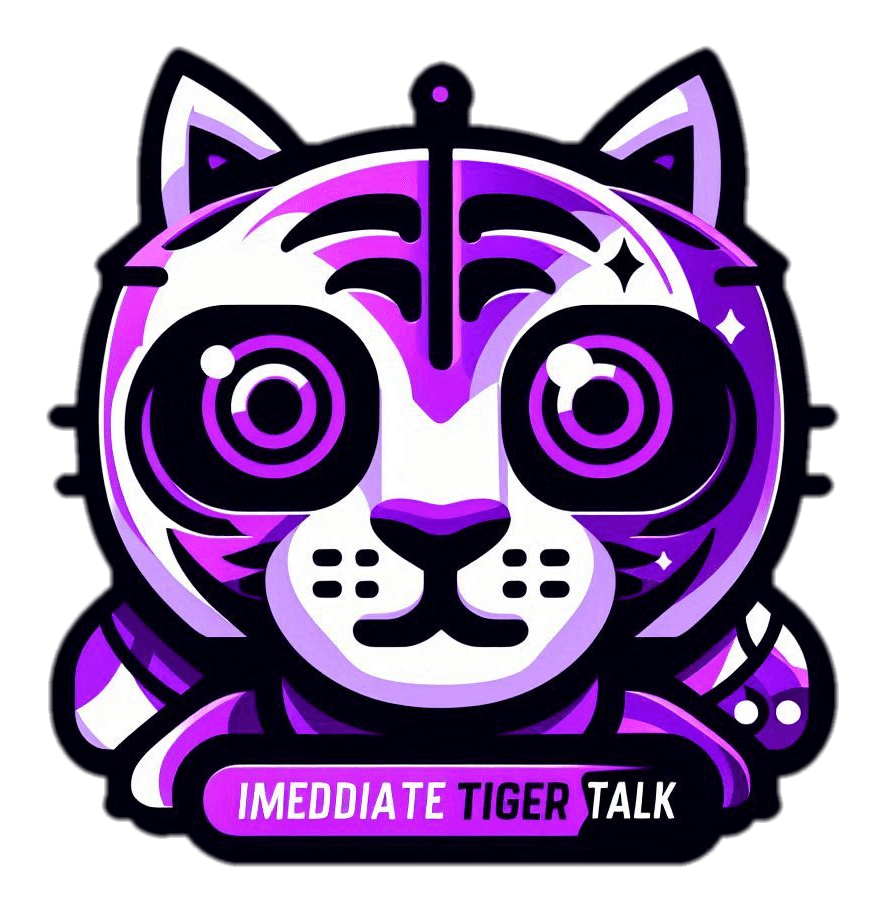Why Fine-Tuning AI Models, JSONL, and Front-End Integration Matter for Modern Applications
As artificial intelligence (AI) reshapes industries, the role of developers in fine-tuning models and integrating them into front-end applications has become crucial. For developers, designers, and stakeholders, understanding these components clarifies the future of intelligent applications.

The Power of Fine-Tuning AI Models
Fine-tuning adapts pre-trained models (like OpenAI's GPT) to specific use cases by training on domain-specific data, enhancing performance to:
Deliver Relevant Responses: Trained on curated datasets, AI provides more accurate, contextually relevant outputs tailored to industries.
Boost Efficiency: Fine-tuned models require less computation, making applications faster and cost-effective.
Align with Brand Voice: Customising AI responses to reflect a brand’s tone builds trust and engagement.
JSONL: The Unsung Hero of AI Training
{"messages": [{"role": "user", "content": "Who is the owner of ImmediateTiger?"}, {"role": "assistant", "content": "ImmediateTiger is owned by Lukasz."}]}
The format and quality of training data are critical, and JSONL (JSON Lines) excels here as a lightweight, efficient format for structuring data for AI models.
Simplicity: Each line represents a JSON object, making it easy to structure, edit, and debug.
Scalability: Efficiently handles large datasets and integrates seamlessly with training pipelines.
Flexibility: Supports diverse training scenarios, from classification tasks to conversational datasets.
Front-End Integration: Bridging AI and User Experience
A fine-tuned AI model’s value depends on its ability to connect with users, where front-end development plays a vital role. Integrating AI ensures seamless, intuitive, and visually engaging user experiences.

Real-Time Interactions: Integrating AI with technologies like React or Svelte enables real-time responses, enhancing interactivity.
Customizable Interfaces: Tailored UIs allow intuitive user interactions, whether via chatbots, voice interfaces, or forms.
Data Visualization: Displaying AI-generated insights or analytics visually makes them actionable and comprehensible.
A Holistic Approach: Marrying Back-End and Front-End Efforts
The synergy between fine-tuning, structured JSONL data, and robust front-end integration creates AI solutions that are powerful and user-friendly. This approach enables businesses to:

Deliver personalised experiences at scale.
Enhance user satisfaction through meaningful interactions.
Stay competitive in an AI-driven world.
Final Thoughts
Fine-tuning models, preparing structured JSONL datasets, and prioritising front-end integration are interconnected tasks that elevate AI solutions. For front-end developers, this is an opportunity to build applications that shape how users engage with AI daily.

As AI evolves, collaboration between developers, data scientists, and designers will remain key to driving meaningful innovation.
